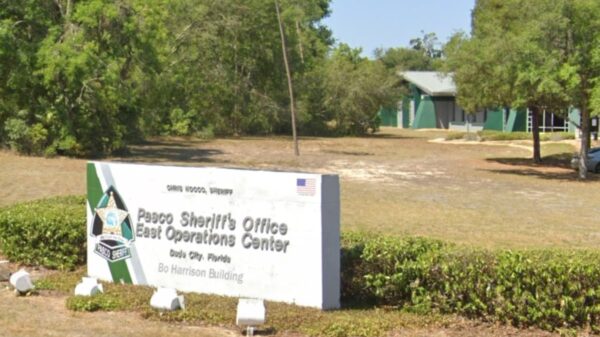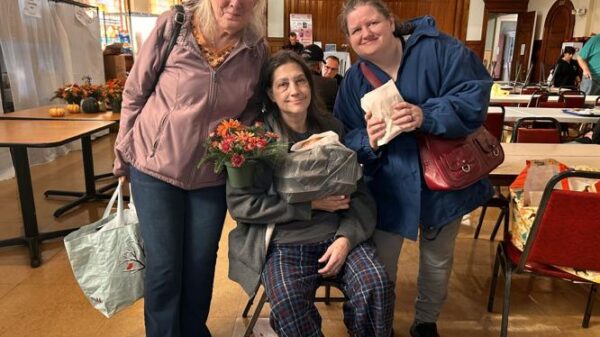Professor Janelle M. Jones from the University of Wisconsin-Milwaukee (UWM) has provided an in-depth analysis of how redlining continues to influence housing segregation in Milwaukee. Through her research, she highlights the systemic barriers that have persisted since the 1930s, when federal policies began to shape the landscape of urban housing.
Redlining, a practice that involved denying mortgages and insurance to residents in predominantly Black neighborhoods, has left a lasting scar on the city. Professor Jones notes that these policies, supported by the Federal Housing Administration (FHA), were instrumental in creating a racial divide that remains evident today. The repercussions of these decisions are still felt across Milwaukee, which has one of the highest rates of racial segregation in the United States.
Historical Context and Current Implications
The term “redlining” originated from the actual red ink used to outline areas deemed undesirable for investment. In the 1930s, neighborhoods with a significant African American population were often marked for exclusion from loans and insurance, effectively locking residents out of homeownership opportunities. According to Professor Jones, the effects of redlining have been compounded by subsequent policies, including the 1968 Fair Housing Act, which aimed to eliminate discrimination but struggled to fully reverse the damage done.
Milwaukee’s demographics illustrate the ongoing impact of these past injustices. The 2020 Census revealed stark disparities in homeownership rates, with only 24% of Black households owning homes compared to 60% of white households. Professor Jones emphasizes that these figures are not merely statistics; they represent families unable to build wealth through property ownership, perpetuating cycles of poverty.
Community Responses and Future Solutions
In response to the entrenched issues of segregation, local organizations and community leaders are advocating for policy changes aimed at fostering equitable housing. Programs such as the Community Development Block Grant program seek to address the disparity by providing funding for affordable housing initiatives and community development projects.
Professor Jones argues that understanding the historical context of redlining is crucial for developing effective solutions. She advocates for a multi-faceted approach that includes increased investment in underserved communities, as well as education on housing rights for residents impacted by discriminatory practices.
While the challenges are significant, there is hope for change. By acknowledging the past and actively working toward equitable housing policies, Milwaukee can begin to dismantle the barriers that have persisted for generations. Professor Jones remains committed to this cause, believing that through community engagement and policy reform, a more inclusive future is possible for all Milwaukee residents.







































































